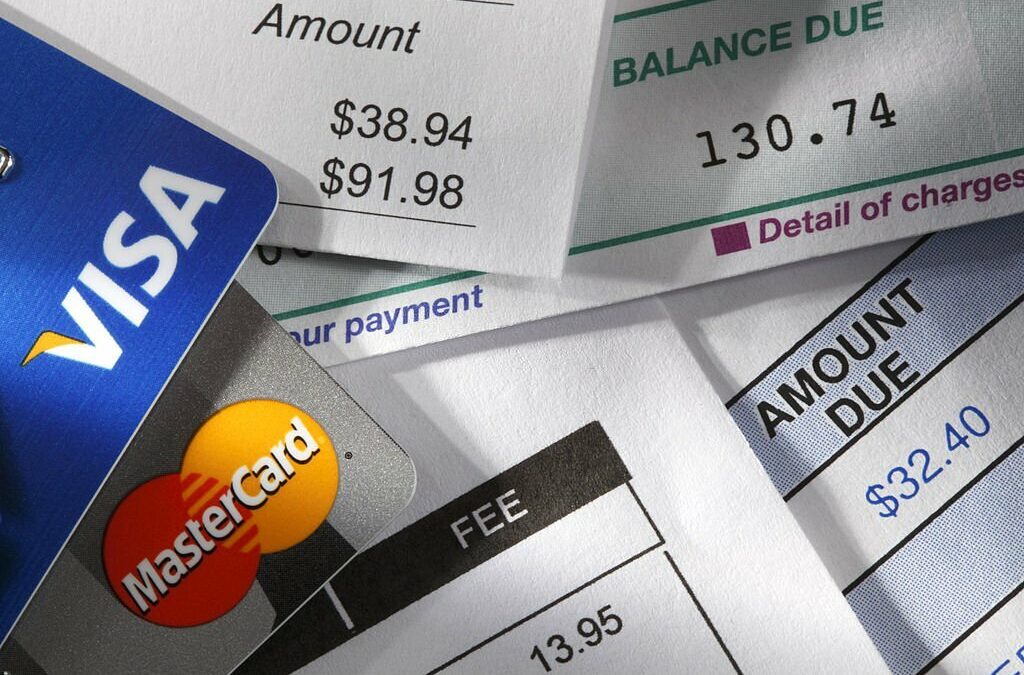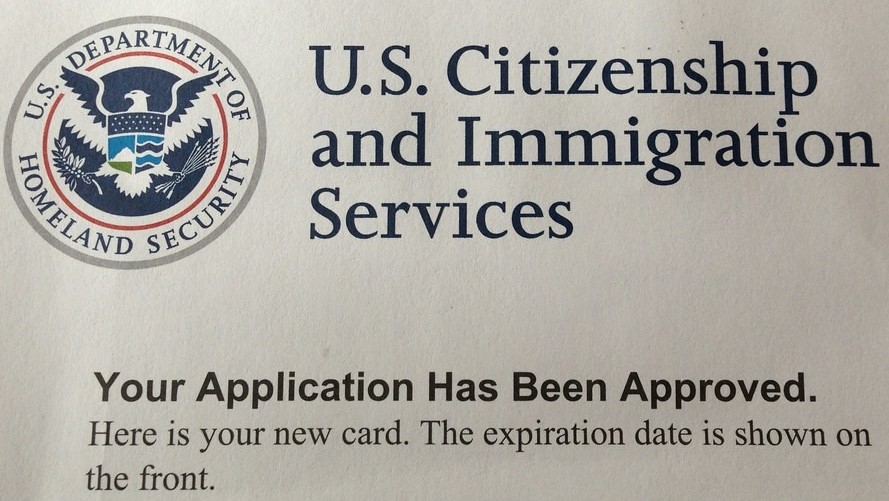In an era where documentation is the backbone of many professional transactions, you might have come across the term ‘letter from employer verifying no pay stub for work week’.
But what exactly is it?
Simply put, it’s a formal document from an employer confirming an employee’s status, salary, and other essential details, especially when a pay stub isn’t available for a specific week.
Wondering what should be in this letter or how to kickstart the process and get a check stubs with job verification? Then you’re in the right place!
At Check Stub Maker, we’re not just experts in the payroll process; we’re your go-to guide for everything from employee verification letters to generating accurate pay stubs with our dynamic pay stub creator.
Read on with us, and let’s simplify payroll together!
What this article covers:
- Why Would an Employee Need an Employment Verification Letter?
- How to Create an Employment Verification Request Process
- Employee Verification Letter FAQ
Why Would an Employee Need An Employment Verification Letter?
Employees need an employment verification letter for a variety of reasons, such as:
- To ascertain their employment and earnings when renting an apartment or applying for loans or mortgages
- Applying for a visa
- Moving from one job to another
In essence, an employee verification letter serves as a proof of income and details the specifics of your professional history.

Employee Verification Letter For Current Employee
For those currently employed, especially in settings where digital pay stubs are a rarity, an employee verification letter reflects their employment status.
Our investigation demonstrated that it transcends merely stating your association with a company; it’s an endorsement of your dependability and credibility.
At Check Stub Maker, we’ve seen how employee verification letters can make a significant difference, especially if you work in a niche industry or get remunerated in non-traditional manners.
What Should Be Included In Employment Verification Letters?
Based on our first hand experience, an employment verification letter should include the following indispensable details:
- Employee’s Full Name: Reflect the employee’s name as it’s registered in official directories.
- Position or Title: Unambiguously indicate the employee’s designation within the firm.
- Dates of Employment: Pinpoint the commencement date and, if relevant, the termination date.
- Salary Details: If solicited, detail the salary, but always secure the employee’s permission prior to divulging this information.
- Statement Regarding Pay Stub: Explicitly annotate if a pay stub wasn’t issued for an employee’s designated work week.
- Contact Information: Furnish details that allow the inquirer to initiate further communication or seek clarifications.
- Reason for Termination (if applicable): If the employee no longer works with the company, mention the reason for their departure, but ensure that you do so with tact and respect.

How To Create An Employment Verification Request Process
Drawing from our experience in the payroll sector, we propose the following structured approach to refine the employment verification request process:
- Centralize Requests: Nominate one member of personnel, ideally within the HR department, to manage all employment verification inquiries.
- Use Templates: Start the process by using standard templates. This not only ensures a consistent output but is also a time-saver if multiple employment verification requests come in.
- Maintain Records: Chronicling all requests aids in organizing your records and doubles as a reference for future requests.
- Ensure Privacy: Prioritize the employee’s privacy first and foremost. Always obtain their permission before divulging any classified information about them in an employment verification letter.
Employment Verification Letter Samples
Here are two employment verification letter samples to serve as a foundation for what you can expect from your current or former employer.
For Current Employees
This is typically what a verification template for current employees looks like:
[company’s business address]
To [prospective employer, IRS representative, etc.],
Please accept this letter as verification of [employee name] employment with [company name].
Employee Name:
Employment Dates:
Current Job Title:
Current Salary:
If you have any queries or need any additional information, please feel free to contact me at or support@checkstubmaker.com.
Yours sincerely,
[name]
[position at company]
[company name]

For Past Employees
This is typically what a verification template for past employees looks like:
[company’s business address]
To [prospective employer, IRS representative, etc.],
This letter confirms that [employee name] was an integral part of [company name] as a [position at company] from [start date] to [end date].
If you have any queries or need any additional information, please feel free to contact me at or support@checkstubmaker.com.
Yours sincerely,
[name]
[position at company]
[company name]
Bear in mind that these are just foundational samples. It’s imperative to mold the letter to resonate with your brand, the specific query, and the data the employee is comfortable sharing.
Employee Verification Letter FAQ
In this section, we’ll delve deep into the intricacies of employment verification letters, their significance, and varied applications.
From understanding its fundamental definition to its pivotal role in scenarios like loan applications, visa processes, and rental agreements, we’ll provide a comprehensive overview.
Additionally, we’ll explore the nuances of requesting such letters and the methods to verify employment.
What Is An Employment Verification Letter?
As the name suggests, an employment verification letter is a formal document that an employer issues to confirm an employee’s employment status.
This letter reflects your:
- finacial position
- salary
- duration of employment within the organization
Its significance lies in its ability to provide third parties with a reliable source of information regarding your professional standing.

What Is The Main Purpose Of An Employee Verification Letter?
An employee verification letter is a pivotal document for loan applications, visa processes, rental applications, and even job transitions.
Whether it’s a bank assessing your creditworthiness or an embassy evaluating your visa application, this letter offers a snapshot of your professional life.
Employee Verification Letter For Current Employee
For current employees, this letter not only confirms your association with the company but also vouches for your reliability and professional contributions.
It’s especially important if you’re working in industries where digital paystubs like the ones we produce at Check Stub Maker might not be the norm.
Employee Verification Letter For Past Employee
For past employees, this letter offers a detailed account of your:
- tenure
- role
- achievements
- circumstances surrounding your departure from the company (occasionally)
Overall, a verification letter for past employees acts as a testament to your professional contributions, growth, and experiences during your time with an organization.
Employment Verification Letter For A Landlord
For rental applications, landlords request this letter to assess a prospective tenant’s financial reliability. This letter provides insights into your employment status and income, giving landlords confidence in your ability to consistently fulfill your rent commitments.

Employment Verification Letter For Tourist And Business Visa Process
We determined through our tests that a verification letter is crucial for visa procedures. It confirms your ongoing employment and earnings, assuring visa authorities of your professional commitment and financial soundness during your travels or business endeavors.
Employee Verification Letter For Green Card Process
Amid the complexities of immigration, this letter stands out. It vouches for your continuous employment, highlighting your professional stability—a key consideration for authorities when evaluating green card eligibility.
How Do You Request An Employment Verification Letter?
As an employee, you would approach your HR department or supervisor, expressing your need for the letter. Depending on company policy, you might need to fill out a request form or provide details about the information required and your identity.
How Do You Verify Employment?
You can verify your employment by doing these six easy steps:
1. Look Up Your Business Entity
To validate your employment, first confirm the authenticity of the business that employed you. You can utilize online directories or official business registries to ascertain your company’s operational status and credibility.
2. Check Your Business Entity Status By State
Every state maintains a unique business registry. By accessing these state-specific databases, you can verify a company’s active status, ensuring it’s recognized and in good standing within that jurisdiction.

3. Call Your Employer
As indicated by our tests, reaching out directly to the HR team or your immediate supervisor offers an immediate and personal way to confirm employment details, ensuring accuracy and building trust in the process.
4. Obtain Your Past Pay Stubs
When it comes to how to get a copy of pay stub from your last job, getting hold of your previous paystubs, particularly from trusted sources like Check Stub Maker, is critical.
Why do you need your paystub? They provide clear records of your income history and the length of your employment to reinforce your financial credibility.
5. Acquire The Past Two Years Of Your Tax Returns
Securing your recent tax returns, specifically from the last two years, offers a detailed picture of your financial trajectory, showcasing consistent income and fiscal responsibility.
6. Run A Credit Report
Running a credit report reveals your:
- financial habits
- payment history
- creditworthiness
Based on our observations, a credit report complements and reinforces the authenticity of your employment information, including the provision of a pay stub with social security number attached.
Conclusion
We’ve journeyed through the essentials of the letter from employer verifying no pay stub for work week. From its core definition to the nitty-gritty details it encompasses, we’ve got you covered.
Starting the employee verification letter process might seem daunting at first, but with Check Stub Maker, it’s a breeze.
With a wealth of experience in the payroll realm, we’re here to provide you with all the financial tools for every scenario, including when your company wont release paystubs.
So, next time you think payroll, think Check Stub Maker, and give our pay stub generator a try!
If you want to learn more, why not check out these articles below:
- How Do Most Companies Give Employees Paystubs When Their Payroll Is Direct Deposited in Kentucky
- Does Vacation Time Need to Be Shown on Pay Stubs
- Best Buy Previous Employee Paystub
- Old Employer Won’t Get Me Pay Stubs for Bankruptcy
- Pay Stub Rate Changed Without Notice
- Paystub Missing for The Days I Am Suing My Employer
- What Important Information Is Available on a Pay Stub?
- What Is a Pay Stub?
- Imputed Income on Paystub
- What Is a Paycheck Stub?
- What Is an Online Pay Stub?
- Can You Use Your Last Check Stub to File Taxes?
- How Do I File My Taxes Without a W2 or Paystub?
- Tax Advance with Pay Stub
- Do You Need Pay Stubs for Taxes?




